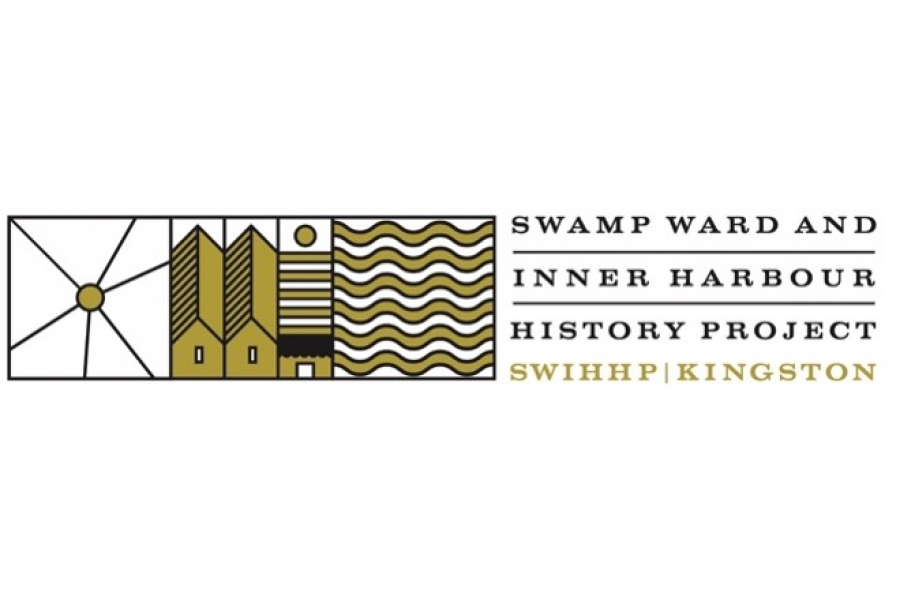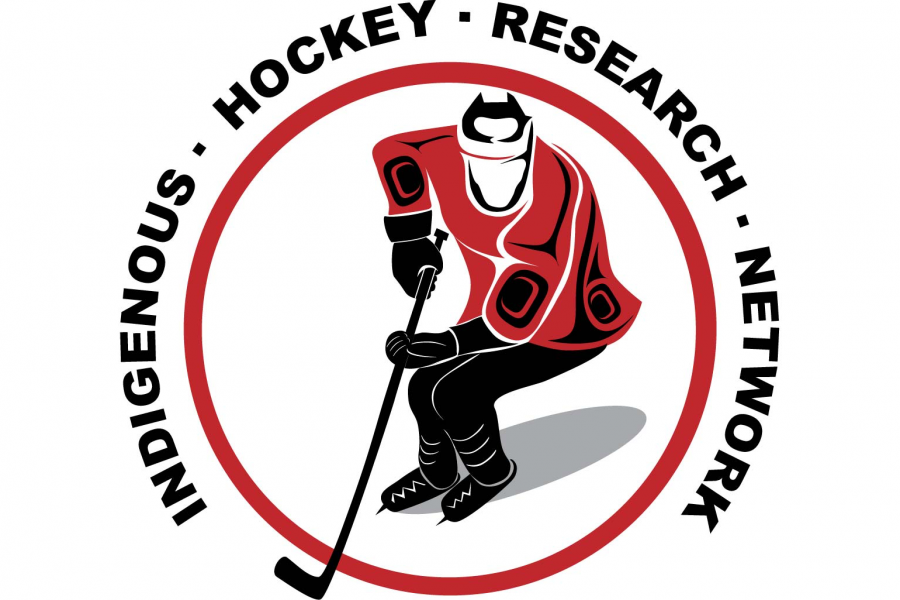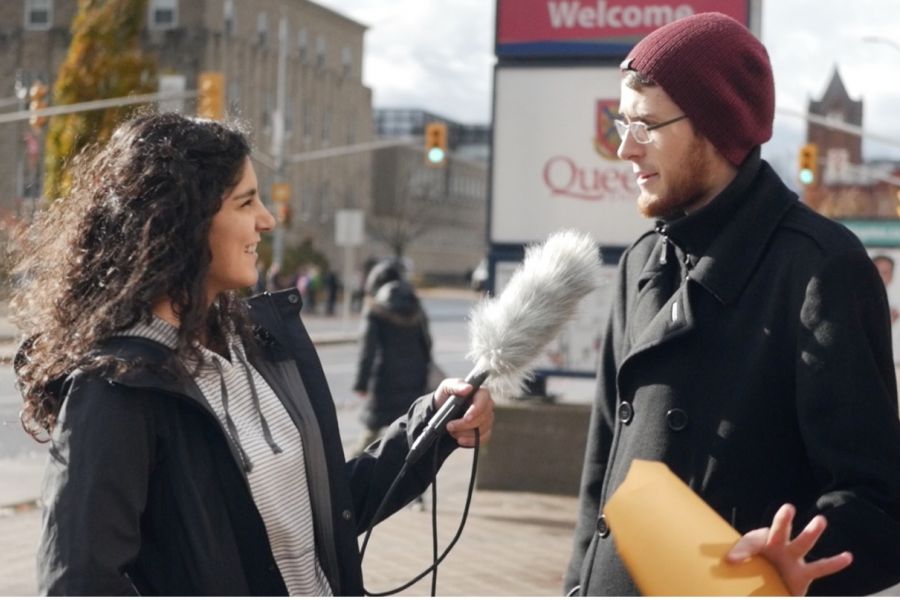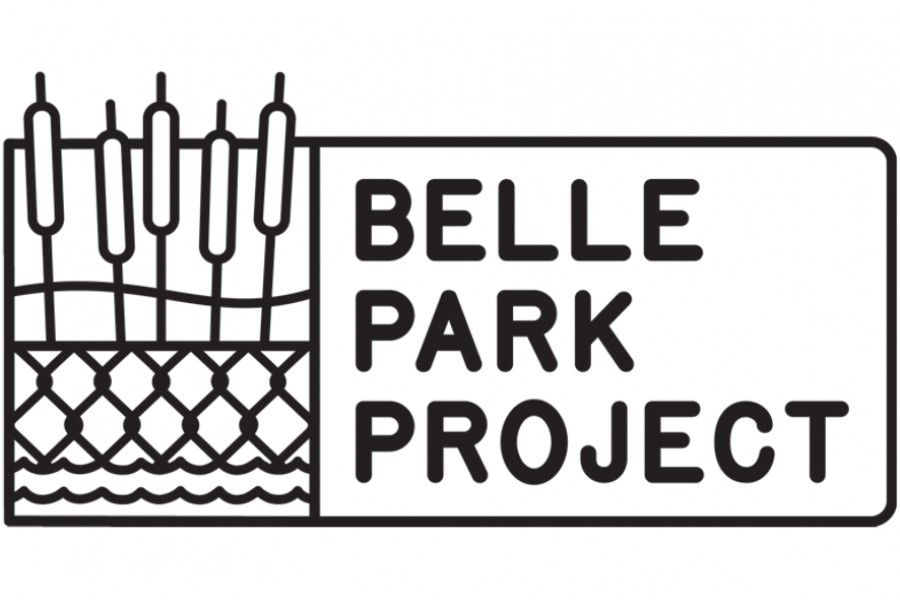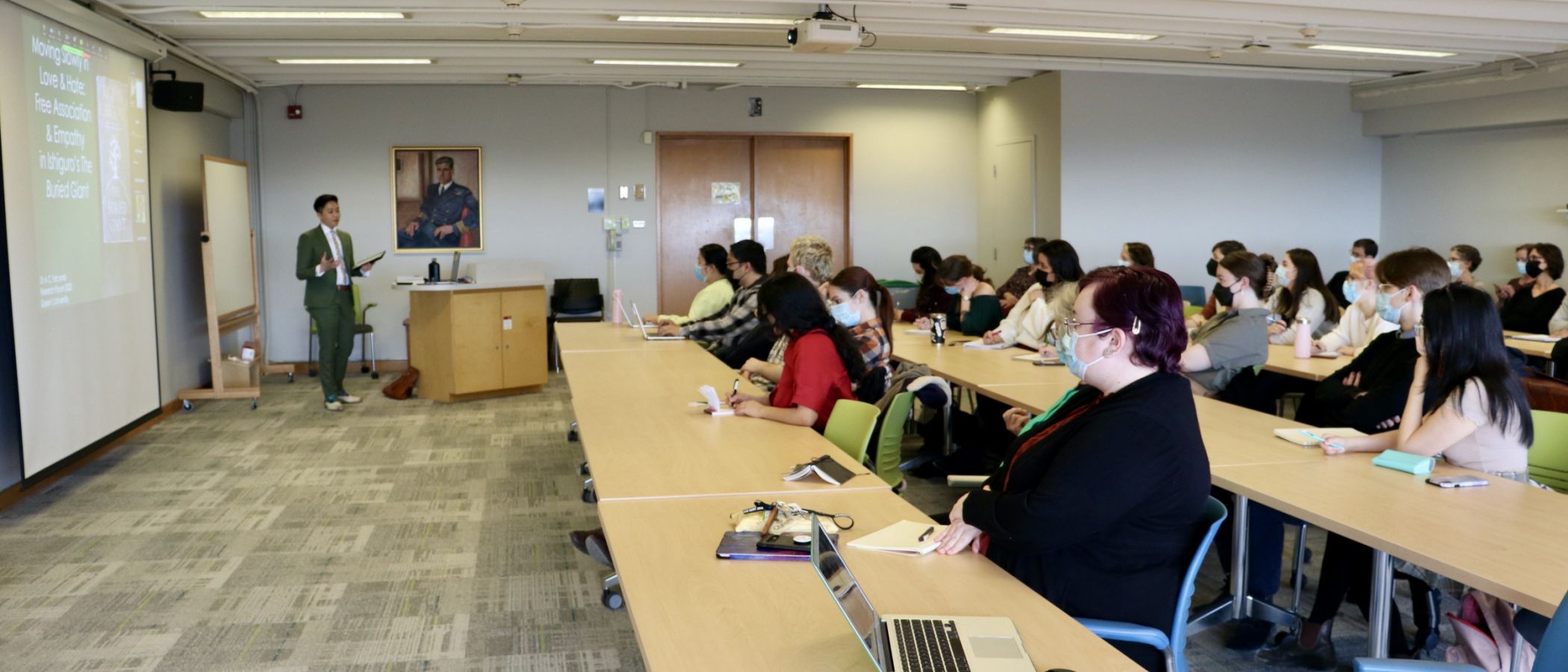
Our students and faculty are innovative, creative, and rigorous. Our research expands the disciplinary horizons of English literary studies while creating rich opportunities for creative and interdisciplinary collaboration.
Our Undergraduate Students
Undergraduate students who demonstrate deep interest in independent research have the option of enrolling in ENGL 590, our Senior Essay course.
To learn more, visit the ENGL 590 course page and the FAQs.
Find out more about our undergraduate students by visiting the English Department Student Council (DSC) page.
Our Graduate Students
Our graduate students pursue path-breaking research in a variety of literary and cultural fields, and demonstrate considerable success in publishing and national scholarship competitions. Find out more about our graduate students...
Our graduate students also engage in literary internships, publishing practicums, research forums, and more. To learn more about the research opportunities offered in our graduate program, visit our graduate degrees page.
To view current research accomplishments, visit our Spotlight on Research section.
Our Faculty
Our faculty members are renowned for both teaching and research excellence, having won numerous university-wide, national, and international awards for scholarship, while publishing in a wide variety of scholarly, popular, and creative venues. Find out more about individual professors...
